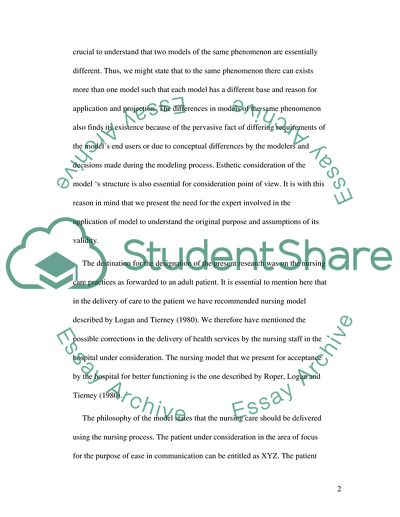Cite this document
(“Adult Nursing Essay Example | Topics and Well Written Essays - 2000 words”, n.d.)
Adult Nursing Essay Example | Topics and Well Written Essays - 2000 words. Retrieved from https://studentshare.org/nursing/1535961-adult-nursing
Adult Nursing Essay Example | Topics and Well Written Essays - 2000 words. Retrieved from https://studentshare.org/nursing/1535961-adult-nursing
(Adult Nursing Essay Example | Topics and Well Written Essays - 2000 Words)
Adult Nursing Essay Example | Topics and Well Written Essays - 2000 Words. https://studentshare.org/nursing/1535961-adult-nursing.
Adult Nursing Essay Example | Topics and Well Written Essays - 2000 Words. https://studentshare.org/nursing/1535961-adult-nursing.
“Adult Nursing Essay Example | Topics and Well Written Essays - 2000 Words”, n.d. https://studentshare.org/nursing/1535961-adult-nursing.


